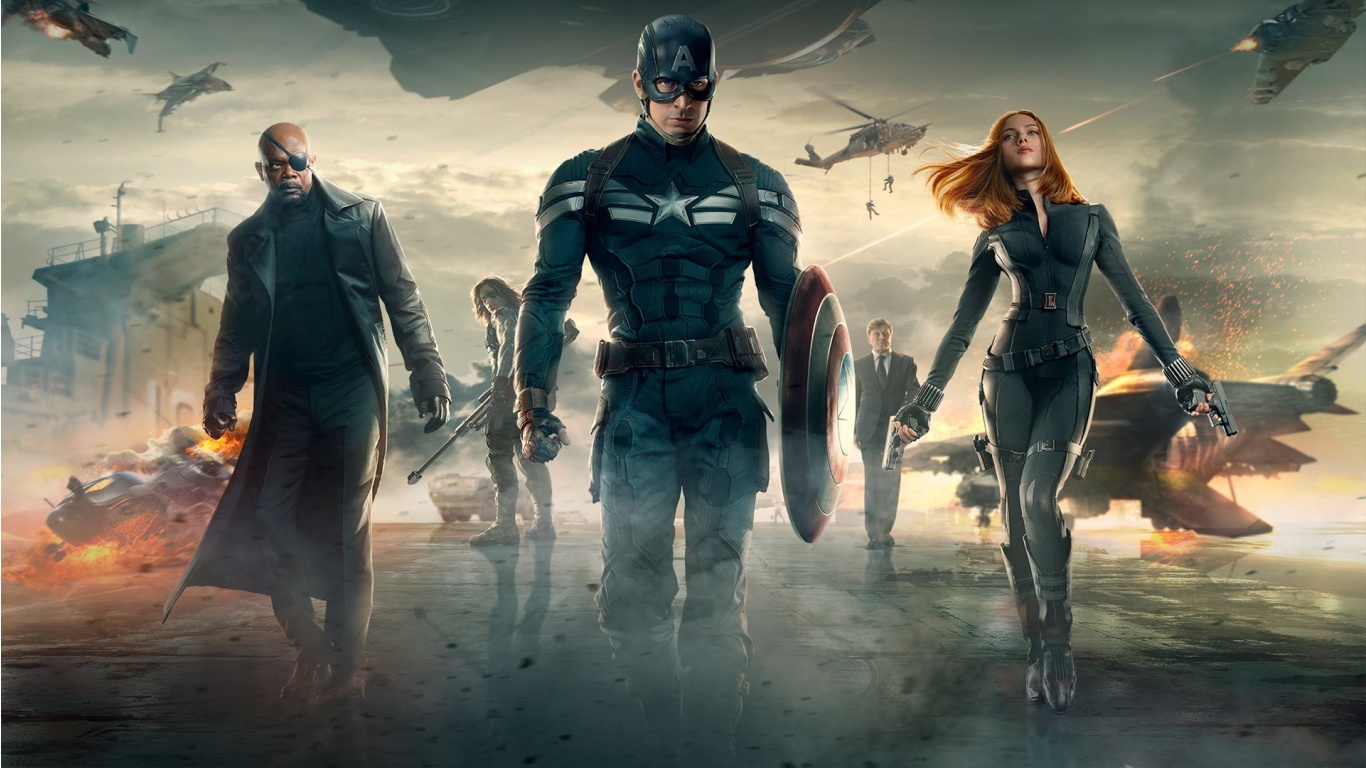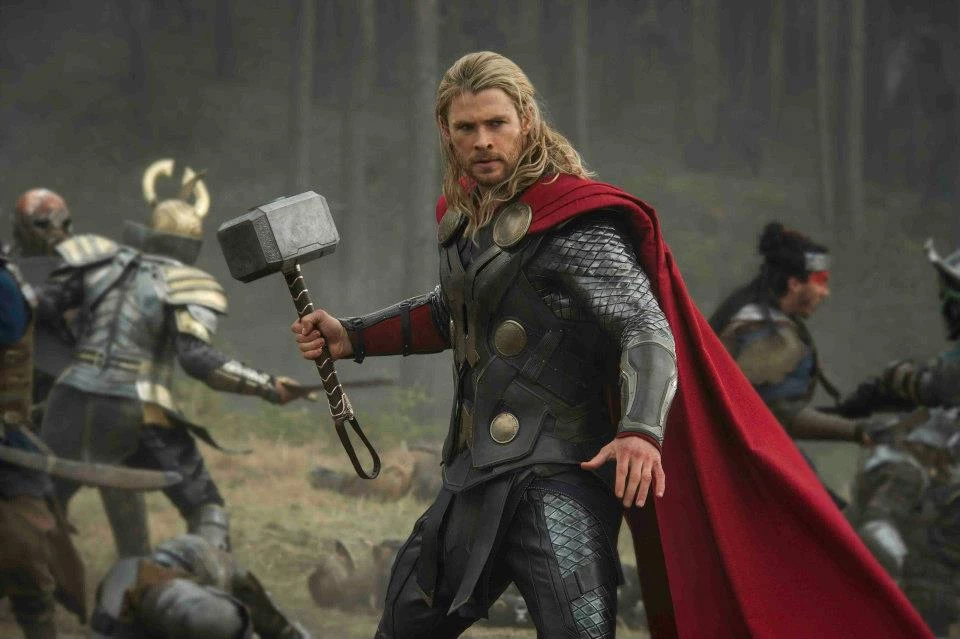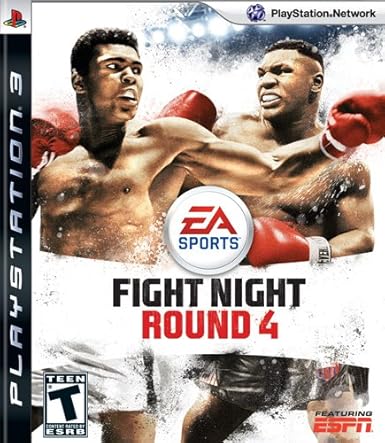
If you allow the mainstream media to educate you on current events, then what you know about the standoff at the Bundy Ranch in Nevada goes something like this: Right-wing fanatics, including environment-hating greedy ranchers, are trespassing on federal land, oppressing poor little desert turtles, owe a million bucks in unpaid fines, and tried to pick a fight with heroic federal agents determined to save the turtles. But because federal police are always so reluctant to butcher American citizens, they defused the situation before it got out of hand by pulling out.
It’s actually a wisely selected point of contention for the globalist henchmen to confront law abiding American citizens over: they’re not stealing private property outright, like they usually do. This dispute has to do with public land, and the cities full of boob tube zombies know nothing about history, much less grazing rights.

If you’re familiar at all with the western genre, then too many times to count you’ve read books…but even more frequently watched movies…with the New Deal range war plot: Greedy ranchers (capitalists) want to increase their own empires, so they hire mercenary gunfighters (union busters) to bully, abuse and murder freegrazers or homesteading farmers (the proletariat) in order to cheat them out of their claims (welfare, unions, etc.). Usually justice wins out and order is restored when a US Marshal (the savior of federal government) arrives to set everything right, against heroic odds facing the rancher’s gun-happy private army. Change the names, actors and some minor plot points and right there you have the “open source” script for three out of five westerns ever filmed.
I can count on one hand…actually two fingers…the range war westerns that don’t follow this formula: The Curly Wolf and Showdown on the Hogback.
Marxist propaganda is nothing new. It helped condition the voters to elect FDR and his fellow travellers to four terms. That crew didn’t let a crisis go to waste, either. The fact that their socialist bedfellows created the crises in the first place was no big deal, considering that they would also write the history.
Fellow travelers have also scripted the narrative for the Bundy Ranch conflict. But in reality the Nevada ranching families started out as homesteaders themselves in the 1800s. About four dozen ranch families have been bullied off their grazing rights by the feds (whose job it is to protect the rights of states, and individuals), but the Bundys refused to sell theirs. So the feds rustled what Bundy cattle they could, stampeded the rest in 90 degree heat to separate calves from their mothers and overheat them. All the crocodile tears shed over the desert tortoise dry up when “land managers” kill off the calves en masse.
What the confrontation above was about was the Bundys and their supporters finding out that the dump truck protected by the paramilitary convoy was full of tools feds use to destroy the irrigation system built by private ranchers over the last 140 years. This is a siege strategy to dehydrate and starve (no water=no grass) the cows to death.
The endangered turtle plot device is a convenient excuse for just another federal land grab, which is just one front in their accelerating national power grab. The governor and local sheriff both have the legal authority to kick the feds out of where the federal government has no Constitutional jurisdiction (as in every state), but the sheriff is worse than useless and the governor is most likely just another tool owned by the same puppetmasters who own Congress and the White House.
The feds returned the stolen cattle after backing down from the confrontation. But the sympathizers who showed up to support Bundy will have to go back to work eventually, while the federal storm troopers can wait it out, massing forces and reviewing intelligence (all on the taxpayer’s dime) while the media obediently demonizes the victims for them, conditioning the populace to believe that whatever happens to these enemies of the state is deserved.
Here’s one of the things that’s been happening behind the various media smokescreens: Washington is ballooning our already unsustainable debt by borrowing billions from Red China. They then turn around and give those billions back to Red China in the form of foreign aid, which the Chinese then use to buy up our vital national resources (sea ports, highways, copper mines, coal mines, oil fields, etc). I’m simplifying the process here, but that’s the truth of it in a nutshell.

The Chinese want to build a solar energy farm on the free graze the Bundys use. Chances are it is none other than Harry Reid who wants to sell them the contested land at less than half its value (and the Chinese will buy it with money confiscated from your paycheck and mine). They probably intend to use fracking to get oil out of the ground as well. How much do you want to bet that we won’t hear a peep about the poor desert tortoise once the Chinese control the land?
By the way, all this is happening while beef prices are at an all-time high, and getting worse every week. Have you ever stopped for a second to consider whose interests the crew in Washington is looking out for?
 The federal troops will be back, to be sure. Now they have a much better idea of enemy (American citizens) strength, arms/equipment, location and organization. They have wire tapped conversations, UAV spy footage, and intelligence gleaned from Google, Facebook, Twitter, etc. to fill in the picture for them. With a big protest rally in DC planned for May, some speculate that the feds will move back on the Bundys while that diversion is going on.
The federal troops will be back, to be sure. Now they have a much better idea of enemy (American citizens) strength, arms/equipment, location and organization. They have wire tapped conversations, UAV spy footage, and intelligence gleaned from Google, Facebook, Twitter, etc. to fill in the picture for them. With a big protest rally in DC planned for May, some speculate that the feds will move back on the Bundys while that diversion is going on.
They will be back at some point–and probably not just for the Bundy’s cattle. You can bet that they’ll have a neatly-wrapped narrative prepared for mass consumption, and the lapdog media will regurgitate it faithfully. Whatever variation of the old New Deal range war narrative they adopt, you can bet the villains (“domestic terrorists”) will be gun owners (as usual), property rights advocates and pretty much everybody who esteems the Constitution (which, ironically but obviously, excludes those who are required to take an oath to uphold it as a condition of their employment) as the law of our land.














